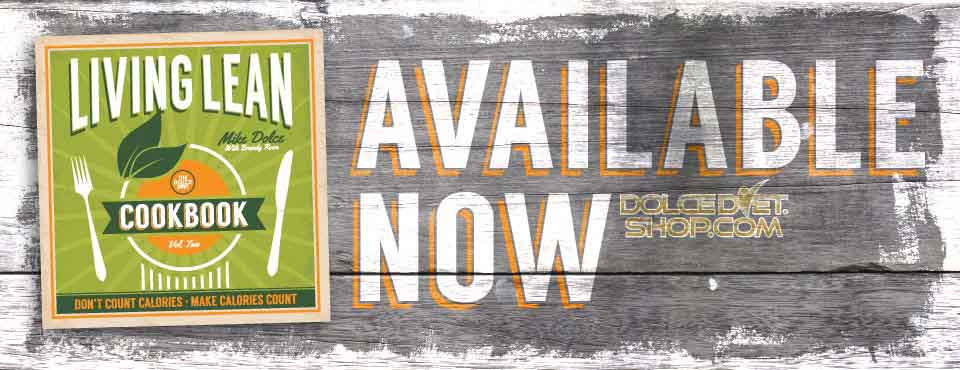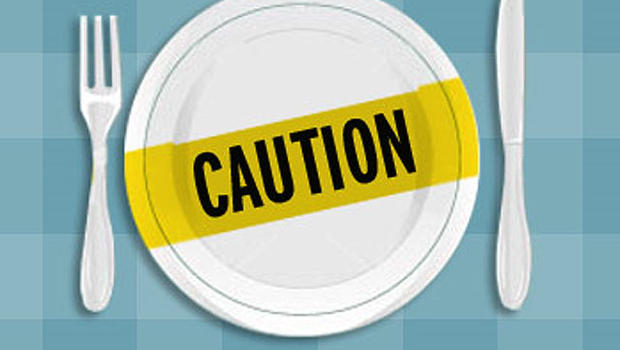The ‘Big 8’ Food Allergies and Alternatives
By Meg Pulkrabek MS, RD, LRD
Food allergies affect as many as 15 million people in the United States, including 1 in every 13 children. That’s almost 5 percent of Americans, and this number is steadily increasing. A food allergy is a reaction your immune system has when it mistakes what is typically a harmless food protein for a threat and goes in for the attack. In this situation, your immune system makes abnormal amounts of antibodies to fight the food that was ingested. The antibodies then release histamines and other chemicals, which triggers an allergic reaction.
As we enter the holiday season, and are preparing food for large groups of people, it is likely that you have a guest with a food allergy. Below are a list of the eight most common food allergies and simple food substitutions!

1. MILK
Milk products include butter, cheese, ice cream, yogurt and pudding. Often, these products are used during baking or as sides and toppings. Soy milk is closest to the properties of cow’s milk, however, many people also have an allergy to soy. (If soy products are also a concern, keep reading!) Some substitutions for milk products are Tofutti (sour cream), So Delicious (milk & ice cream), and Daiya (cheese).
2. SOY
Soy is typically recognized for being in soy sauce and tofu. However, soy is a common ingredient in many products and may be in items you don’t expect. It is important to read ingredient labels, especially on items like packaged mixes, cereals, baked goods, imitation meats, margarine and snack foods. Soy allergies may also commonly pair with a milk allergy. Appropriate milk substitutes with a soy allergy would be almond, coconut, hemp and rice milk. (If tree nuts are also an allergy concern, avoid almond and coconut milk). Substitutions available are Earth Balance Natural Spreads.
3. EGGS
Someone who has an egg allergy needs to be wary of more then just a whole egg that has been scrambled or fried. Egg is used in many items for baking and pre-packaged items in food processing. Egg can be found in sauces, soups, battered food, desserts and even beverages. A replacement when cooking or baking is Ener-G foods egg replacer.
4. FISH & 5. SHELLFISH
Crustacean shell fish is found in crab, lobster and shrimp. Fish can be hidden in items like Worcestershire sauce, Caesar dressings and gelatin. If you are making a meal containing fish, keep all equipment used separate and clean from other dishes to avoid cross-contamination.
6. PEANUTS & 7. TREE NUTS
Tree nuts include almonds, walnuts and pecans. Nuts can be found in baking, snack foods, candy and Asian foods. Sunflower or soy butter products are common alternatives, but keep in mind any soy allergies that may cross over. An alternative for peanuts is Nots-Snacks, which is a sunflower based product.
8. WHEAT
Wheat and gluten allergies are becoming more mainstream and familiar. Gluten is a mixture of proteins found in wheat and related grains like barley, rye and oats. Gluten helps foods maintain their shape, acting as a glue that holds foods together. A gluten allergy is the inability to break down these proteins and can range from mild to severe. Wheat ingredients are commonly used in a variety of products, even in shampoos and household items. Many wheat-free and gluten-free products are now available. Visit Beyond Celiac to learn more about gluten-free baking, cooking and shopping options.

Meg is a registered dietitian living in Fargo, North Dakota. She received her Masters Degree in Nutrition and Exercise Science from North Dakota State University. She is now the owner of her own private nutrition and lifestyle consulting company. Meg had been a competitive swimmer for 12 years and finished her athletic career at the collegiate level. She was also Miss North Dakota International 2014 and is now the co-director of the North Dakota International Pageant System.




